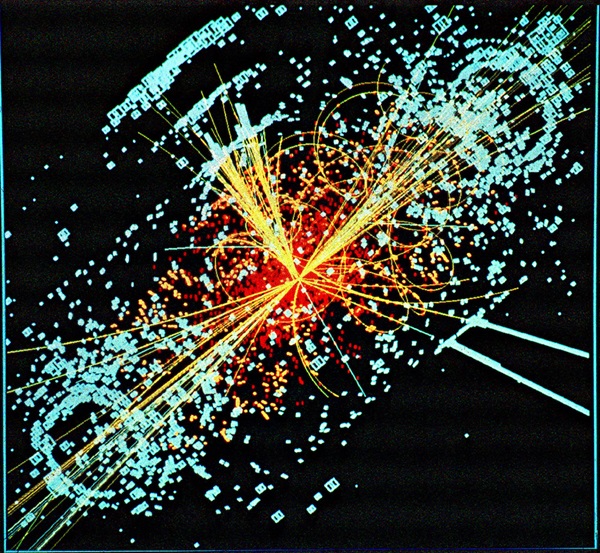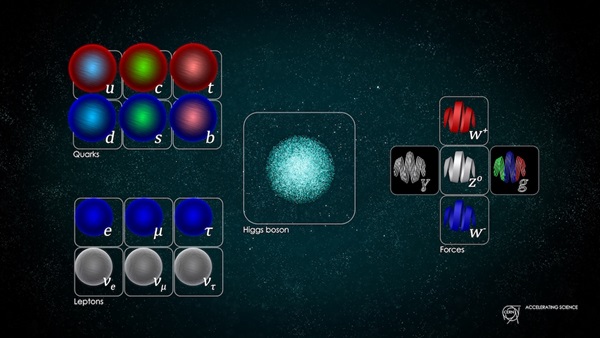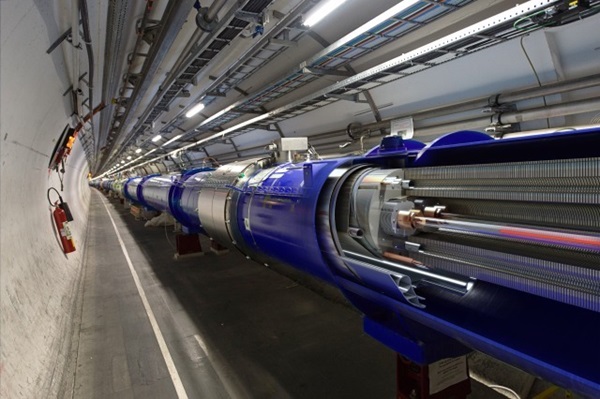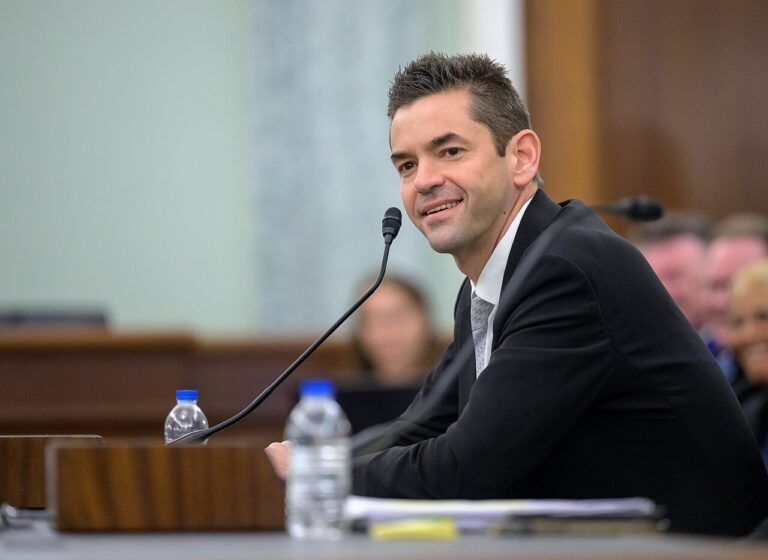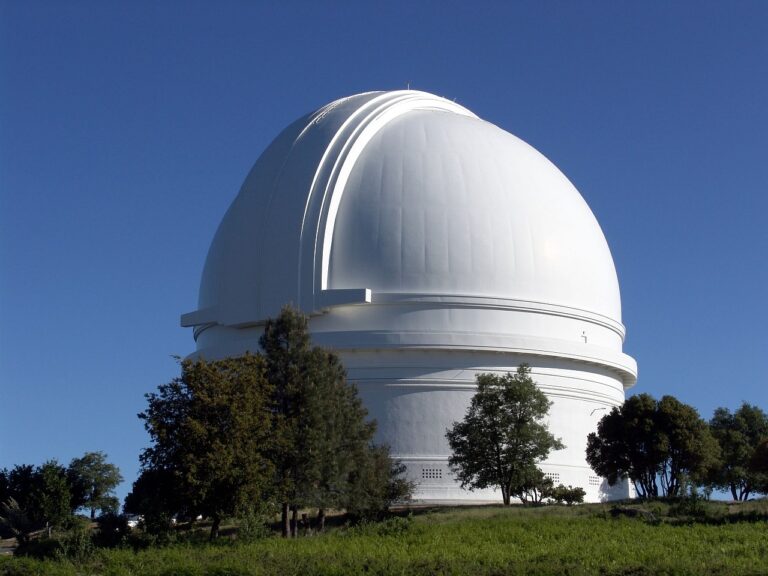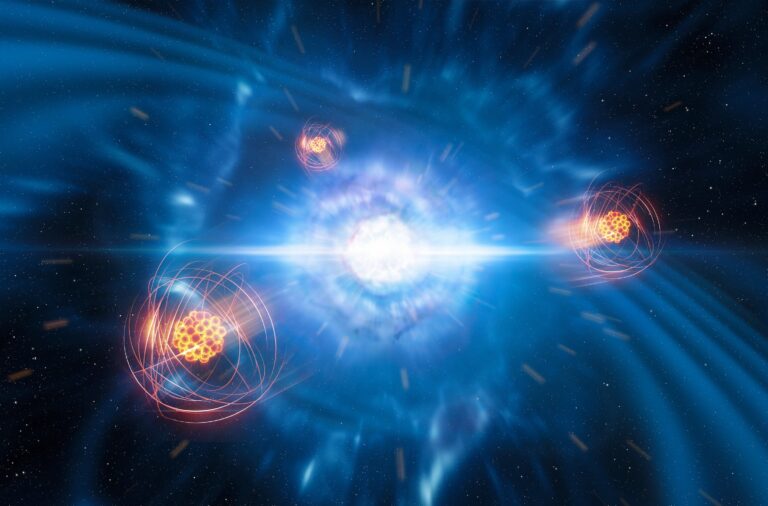Key Takeaways:
For the past half century or so, a theory known by the understated name of the Standard Model has dominated the field of particle physics. This theory provides us with a detailed description of the 17 known fundamental particles, telling us how they should each behave and interact.
Since its introduction, this theory has turned out to be astoundingly successful. From the mathematical structure of the Standard Model, physicists have been able to make thousands of precise predictions, many of which have been compared to measurements performed at particle colliders. And, in almost every case, these predictions have turned out to be right.
Fundamentals of particle physics
The entities described by the Standard Model include 12 particles known as fermions, and 5 called bosons.
Fermions are particles that you can think of as forms of matter, such as the familiar electron. Other kinds of fermions include quarks — which bind together to form protons and neutrons — as well as the ghostly particles known as neutrinos. For reasons we do not yet understand, fermions come in groups of three. For example, there are three electron-like particles: electrons, muons, and taus. Muons and taus are each a lot like electrons, except that they are heavier and unstable, meaning they are likely to quickly decay into other particles. Likewise, there are also three kinds of neutrinos (electron neutrino, muon neutrino, and tau neutrino), and three pairs of quarks (up and down, strange and charm, bottom and top).
The bosons of the Standard Model are responsible for the forces that act on matter and energy in our universe. The most well-known boson is the photon, which makes up light. The electromagnetic force comes into existence through interactions between photons and electrically charged particles. In other words, if the photon did not exist, there would be no electromagnetic force. Similarly, bosons called gluons are responsible for the strong nuclear force, which binds quarks together to form protons and neutrons. It also holds protons and neutrons together inside of atomic nuclei. A third force — the weak nuclear force — which is responsible for the radioactive decay of atoms, arises through the interactions of particles known as W and Z bosons. Meanwhile, the strength of the fourth force, gravity, is thought to be correlated to the Higgs boson.
Cracks in the foundation
By any reasonable measure, the Standard Model has been a staggering success. It was used to predict that particles like the Higgs boson and the top quark must exist — long before they had been observed in any experiment. Simply put, it is the most empirically successful theory in the history of science.
That being said, I’ve never met a physicist who thinks that this theory is complete. There are several known facets of our universe that the Standard Model simply does not and cannot address.
Crucially, the Standard Model does not account for the existence of gravity. Despite considerable effort, we still don’t know how to self-consistently include gravity in our theories of particle physics. For starters, we haven’t been able to find a force-carrying particle for gravity, or a so-called graviton. Luckily gravity has negligible effect on the microworld that particle physicists explore. But that means that the macro effects of gravity aren’t covered by the Standard Model.
Furthermore, cosmologists have found that our universe contains vast quantities of dark matter and dark energy, neither of which can be explained by anything in the Standard Model. It also doesn’t explain why we exist in a matter-dominated universe. In theory, the Big Bang should have created equal amounts of matter and antimatter — yet nearly everything we see today is made of matter. Something must have tipped that balance, but we have no idea what.
Looking beyond
A detail-oriented reader may have noticed that in this article’s first paragraph, I said that the predictions of Standard Model have turned out to be right in almost every case. While thousands of the Standard Model’s predictions have turned out to be correct, there are a few instances where the Standard Model may be starting to show signs of strain.
For example, experiments carried out at the Brookhaven and Fermi National Laboratories have found that muons respond slightly differently to a magnetic field than the Standard Model seems to predict. Even more recently, data from the Fermilab Tevatron collider has indicated that W bosons might have slightly more mass than the Standard Model predicts they should.
To be clear, we don’t know yet whether these measurements are really revealing to us a failure of the Standard Model or are instead the mere consequences of errors in our measurements or calculations.
With further scrutiny, we should be able to get to the bottom of this puzzle, either finding the mistakes that have led to these discrepancies or discovering the new physics that is responsible for them. If the Standard Model is, in fact, breaking down, then there must exist new forms of matter and energy, and perhaps new forces and interactions, which we will aggressively study and test with existing and new experiments.
Perhaps these discoveries will shed light on long-standing mysteries, such as that of dark matter. Or perhaps they will make us aware of entirely new mysteries, which we have not yet even imagined.
Dan Hooper is a senior scientist at the Fermi National Accelerator Laboratory in Illinois and a professor of astronomy and astrophysics at the University of Chicago. He is the author of At the Edge of Time: Exploring the Mysteries of Our Universe’s First Seconds (Princeton University Press, 2019).

